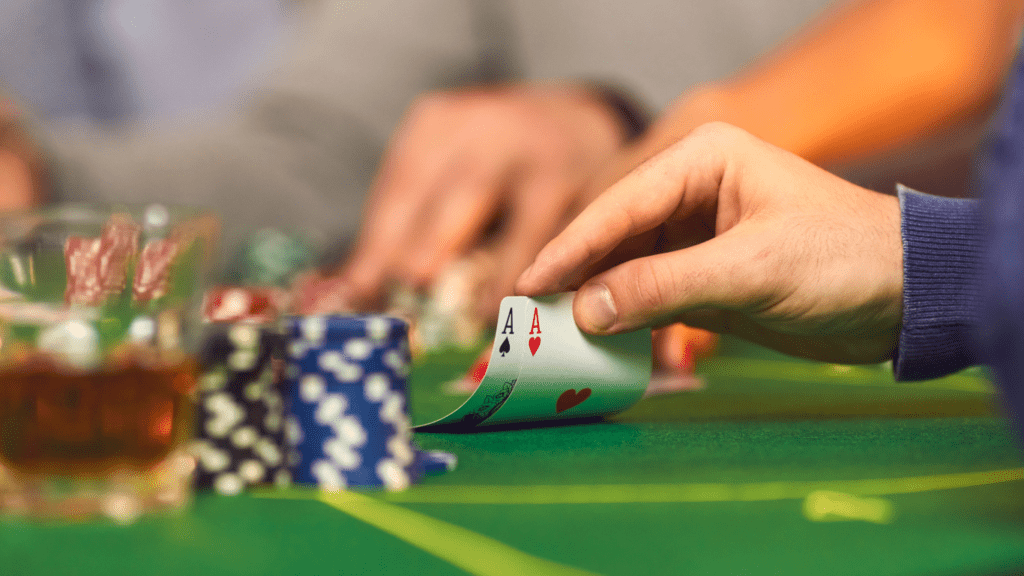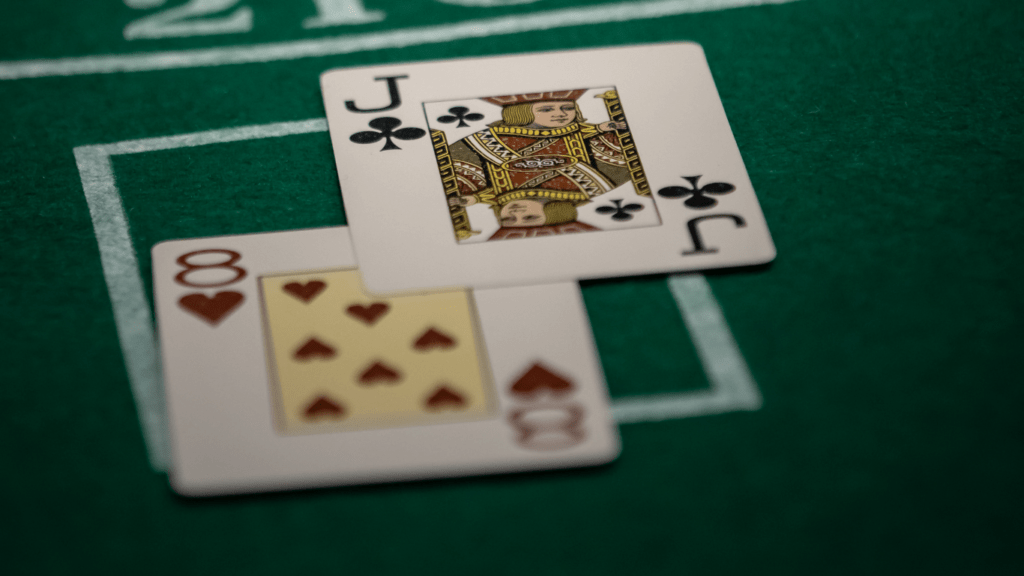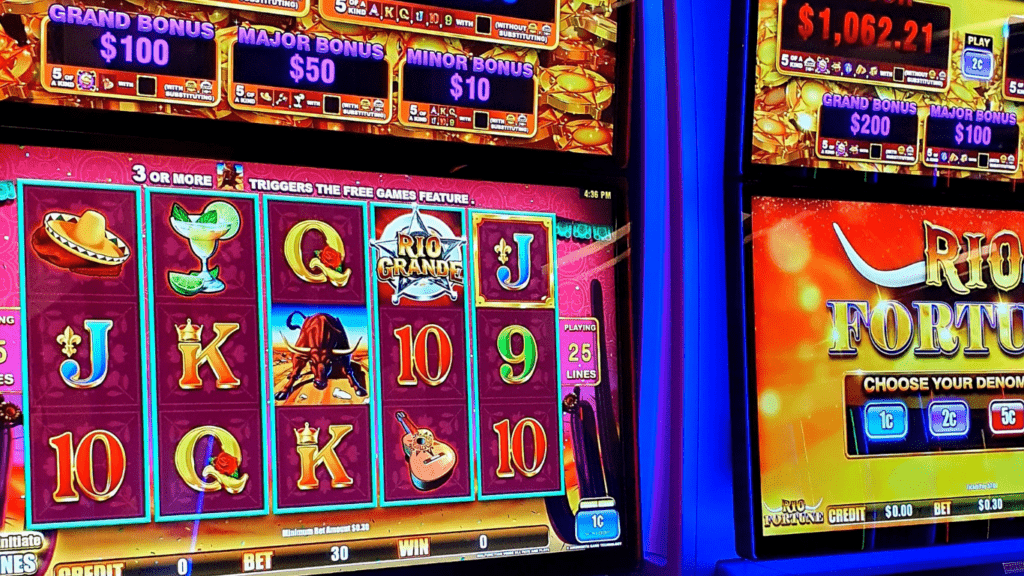Understanding Bluffing in Poker
Bluffing forms a crucial element of poker, where players deceive opponents into believing they hold stronger hands than they actually do. It’s not just about deception; mastering bluffing demands keen awareness of context and opponent perception. Gamblers often leverage this by assessing signals and predicting reactions. Recognizing patterns in opponents’ gameplay can reveal prime opportunities to bluff effectively.
Timing serves as the cornerstone of successful bluffing strategies. Initiating a bluff late in a hand can yield better outcomes; by then, players have observed sufficient behaviors. Conversely, bluffing too early might result in insufficient data, leading to incorrect decisions.
A player’s table position significantly influences bluffing dynamics. In later positions, there’s access to more information about others’ actions—this aids in deciding whether to bluff or reconsider. Early positions require heightened caution, as limited insight can lead to misjudgments.
Risk assessment remains vital when bluffing. Calculating pot odds against the likelihood of opponents’ strong hands helps gauge viability. A well-calculated risk brings potential rewards; miscalculated risks often lead to swift losses.
When to Use Bluffing
Bluffing is a powerful tool in poker when used strategically. Understanding when to leverage it can turn a mediocre hand into a winning one.
Analyzing Your Opponents
- Identifying bluffing opportunities hinges on analyzing opponents’ behavior patterns.
- If a player folds frequently to aggressive bets, they’re likely susceptible to bluffs.
- Observing betting habits, like sudden size increases, can reveal hesitancy or weakness.
- Recognizing players who rarely fold might signal caution, as they could call your bluff.
- Newcomers or players visibly uncomfortable may be easier to bluff than seasoned ones.
Game Situations Favorable to Bluffing
- Certain game situations enhance the effectiveness of bluffing.
- Bluffing from strong table positions, like the button, after observing others’ actions, allows for more informed bluffs.
- When the community cards show potential strong hands and opponents display weakness, bluffing can pressure them to fold.
- Heads-up situations create prime bluffing opportunities since fewer players increase the likelihood of success.
- Earlier raises by opponents often decrease bluff success rates, as their confidence signals a strong hand.
Psychological Aspects
- The psychological aspect of bluffing adds another layer of strategy.
- Knowing how opponents perceive you can inform when to bluff; if you’ve played conservatively, an unexpected bluff might succeed.
- Understanding your image at the table is crucial; an aggressive image can deter calls, making bluffs more plausible.
- Creating pressure and tension through well-timed bluffs can unsettle less experienced players, leading them to fold.
When to Avoid Bluffing

Effective poker strategy includes knowing when bluffing isn’t the best option. Certain conditions and player types can make bluffing a riskier choice.
Recognizing Strong Opponents
Bluffing against strong opponents can be challenging. These players often have the experience and skill to quickly identify deception. They understand hand ranges and betting patterns, making them more likely to call you out on a bluff. Observing their previous reactions to bluffs or their ability to consistently make accurate reads can signal to keep bluffs minimal during a game with them.
Risk Factors and Potential Losses
Bluffing in high-stakes situations presents significant risk factors. When the pot is large, and opponents demonstrate a tendency to play conservatively by calling frequently, bluffing might result in substantial losses. Weigh the probability of success against potential financial consequences, especially when opponents display behaviors indicating strong hands or a willingness to invest heavily in the pot. A careful analysis minimizes unnecessary risks and protects one’s bankroll.
Techniques of Successful Bluffing
Successful bluffing in poker blends strategy with psychology. It’s not just about disguising one’s hand but also about leveraging specific techniques tailored to each situation.
Semi-Bluffing
Semi-bluffing combines deception with potential. I use it when holding a draw—or cards that could improve significantly on upcoming turns. This technique increases the chance of winning even if called because, unlike pure bluffs, semi-bluffs have outs. For instance, with a flush or straight draw, I retain the potential to improve my hand if the bluff fails initially. Recognizing opportunities for semi-bluffing helps create pressure on opponents while keeping open the possibility of a strong finish.
The Continuation Bet
Continuing aggression, a continuation bet involves betting after raising pre-flop and carrying it through post-flop regardless of my hand status. I find this effective when maintaining the narrative of strength. Opponents often expect bets from strong hands, so consistent betting aligns with this expectation. This technique’s success depends on table image; players view ongoing aggression as a sign of confidence, often leading them to fold weaker hands. A continuation bet works best in heads-up situations or when I observe passive opponents likely to fold.
The Role of Probability and Risk Assessment
Understanding probability and risk assessment plays a crucial role in successful bluffing in poker. Evaluating the likelihood of certain hands and potential outcomes should guide my bluffing decisions. Probability helps determine the chance of an opponent holding a stronger hand, using factors such as known cards and betting patterns.
Risk assessment involves weighing potential losses against possible gains. I consider pot odds alongside the likelihood of my bluff being successfully deceived. Effective risk management requires assessing not only the current hand but also the opponent’s behavior and potential reactions.
Balancing aggression with caution is vital in poker. I must be strategic, using probability to inform decisions and risk assessment to manage stakes. When I’m aware of odds and risks, my bluffing becomes more calculated, reducing the chances of costly mistakes. By integrating these elements, I enhance my overall gameplay, optimizing my bluffing strategies for greater efficacy.



